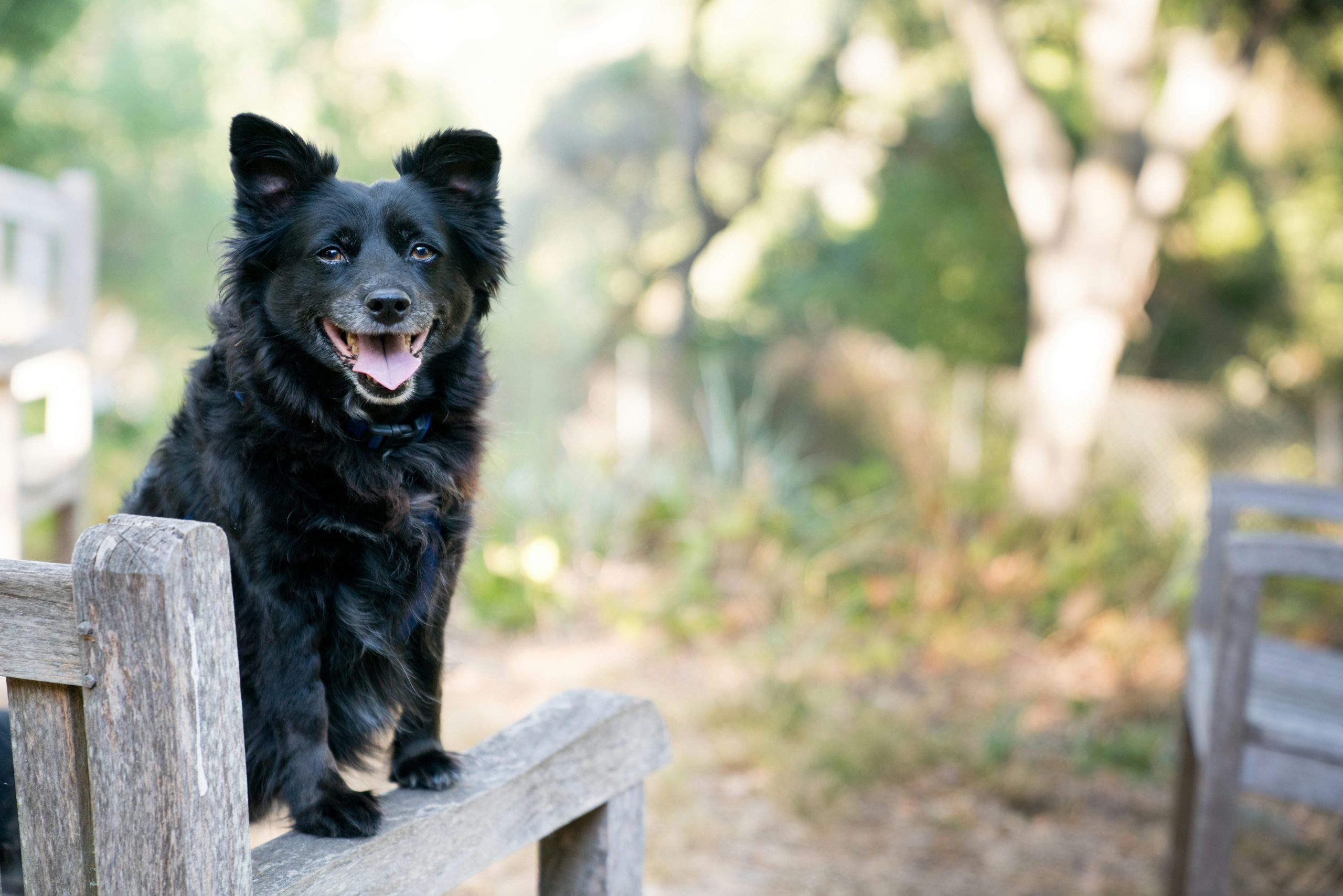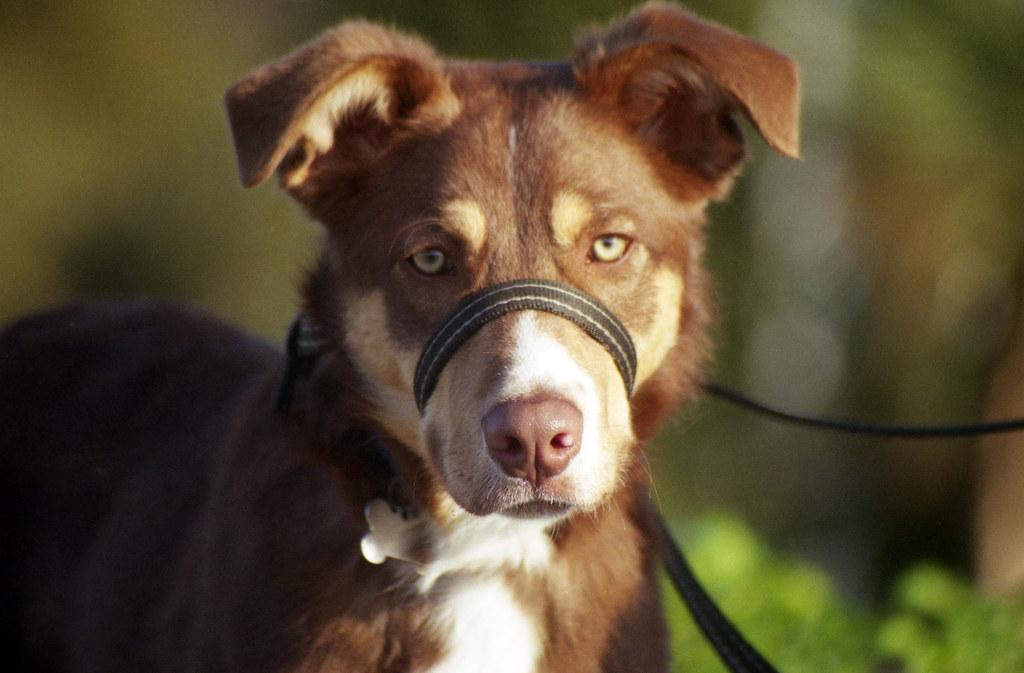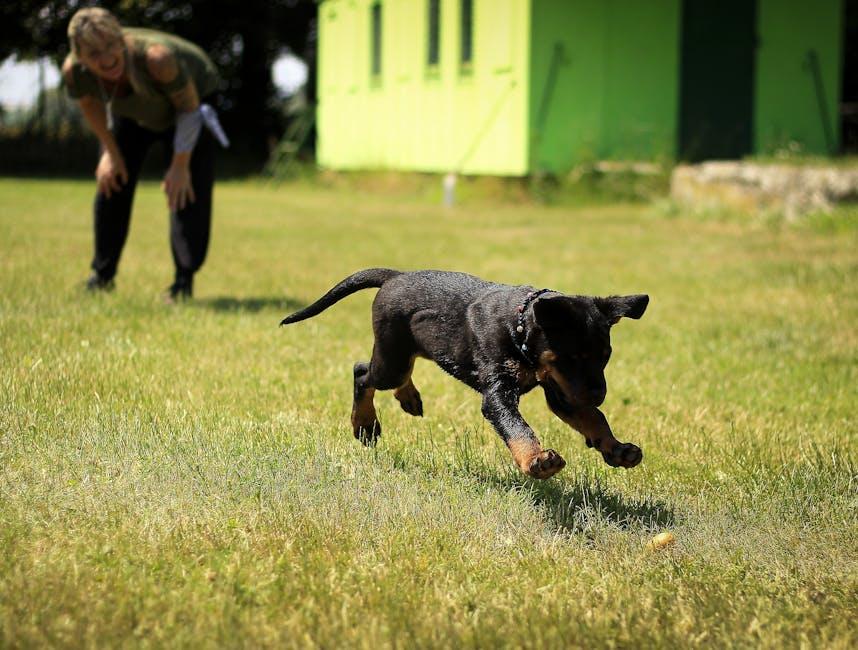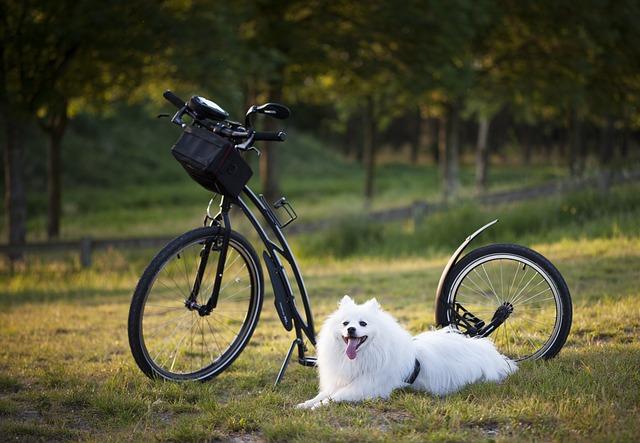How to Train a Dog to Avoid Chasing Wildlife

Training a dog to resist the instinct to chase wildlife is an essential skill for responsible pet ownership. This behavior not only protects local ecosystems and wildlife populations but also ensures the safety of your pet. Dogs, by nature, are curious and often driven by their instincts to pursue animals they encounter during walks or outdoor activities. However, with consistent training and positive reinforcement, you can teach your dog to resist these impulses. This article will provide you with a step-by-step guide on how to effectively train your dog to avoid chasing wildlife, ensuring harmonious interactions with nature while promoting a safe and enjoyable environment for everyone involved.
Understanding Canine Instincts and Behavior
Training your dog to resist the natural urge to chase wildlife is a task that requires understanding their instincts. Dogs have an innate prey drive, a survival trait inherited from their ancestors. This drive can be managed with consistent training, patience, and positive reinforcement. Start by teaching your dog the “leave it” command. This command is crucial in redirecting their attention away from the tempting sight of a darting squirrel or rabbit. Practice in a controlled environment where you can manage distractions, gradually increasing the level of challenge as your dog becomes more adept.
Incorporate the following strategies into your training routine to help your dog succeed:
- Leash Training: Use a long leash to maintain control during walks and reinforce commands when wildlife is present.
- Reward System: Always carry treats or a favorite toy to reward your dog for ignoring wildlife and focusing on you.
- Engagement Activities: Engage your dog with interactive games and toys to satisfy their prey drive in a safe manner.
- Consistent Commands: Use clear and consistent commands and signals to avoid confusion and reinforce good behavior.
By understanding and respecting your dog’s instincts, you can effectively guide them towards safer and more controlled behaviors.

Establishing Effective Recall Commands
Training your dog to respond reliably to recall commands is essential for ensuring their safety and preventing them from chasing wildlife. Begin by choosing a distinct command, such as “Come” or “Here,” and ensure everyone in the household uses it consistently. Consistency is key, so practice in a controlled environment before progressing to more distracting situations.
- Start indoors: Use a leash and offer high-value treats or toys as rewards when your dog responds correctly.
- Gradually increase distractions: Once your dog reliably responds indoors, move to a fenced yard or a quiet park. Increase distractions slowly to build their focus.
- Use positive reinforcement: Celebrate every successful recall with treats, praise, or play. This reinforces the behavior and makes responding to the command more rewarding than chasing wildlife.
- Never punish: If your dog doesn’t come immediately, avoid negative reactions. This can create a negative association with the command.
Regular practice and positive reinforcement are crucial for maintaining a strong recall command. Over time, your dog will learn that returning to you is more rewarding than the thrill of chasing wildlife, ensuring their safety and your peace of mind.

Implementing Controlled Exposure Techniques
To effectively manage your dog’s instincts, controlled exposure is an invaluable method. Begin by ensuring your dog is on a leash or within a secure area. Gradually introduce them to environments where wildlife is present but at a safe distance. This helps in desensitizing their impulse to chase. Consistency is key; repeat these sessions frequently while maintaining a calm and assertive demeanor.
- Start with short sessions and gradually increase the duration as your dog becomes more comfortable.
- Use treats and positive reinforcement to reward calm behavior.
- Be vigilant and ready to redirect their attention with commands or toys if they become overly focused on wildlife.
- Observe their body language to anticipate any signs of excitement or anxiety.
By implementing these techniques, you foster a controlled environment where your dog can learn to coexist peacefully with wildlife. This not only ensures the safety of the animals but also promotes a harmonious outdoor experience for both you and your pet.

Utilizing Positive Reinforcement and Consistent Training
Implementing positive reinforcement and ensuring consistent training are crucial when teaching your dog to resist the temptation of chasing wildlife. Positive reinforcement involves rewarding your dog for displaying desirable behavior. This could be in the form of treats, praise, or playtime, effectively encouraging them to repeat these behaviors. Consistency in your training approach helps solidify these behaviors into habits, making it easier for your dog to understand and follow your expectations.
- Start with basic commands: Teach your dog commands such as “sit,” “stay,” and “leave it.” These will be fundamental in redirecting their attention when they spot wildlife.
- Reward immediately: Whenever your dog responds appropriately, offer a reward right away to strengthen the connection between their action and the positive outcome.
- Gradually increase distractions: Begin training in a controlled environment and slowly introduce distractions to mimic real-world scenarios, maintaining their focus with rewards.
- Consistency is key: Practice these commands regularly in different settings to ensure your dog understands that the rules apply everywhere.



